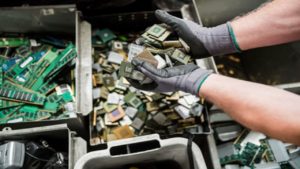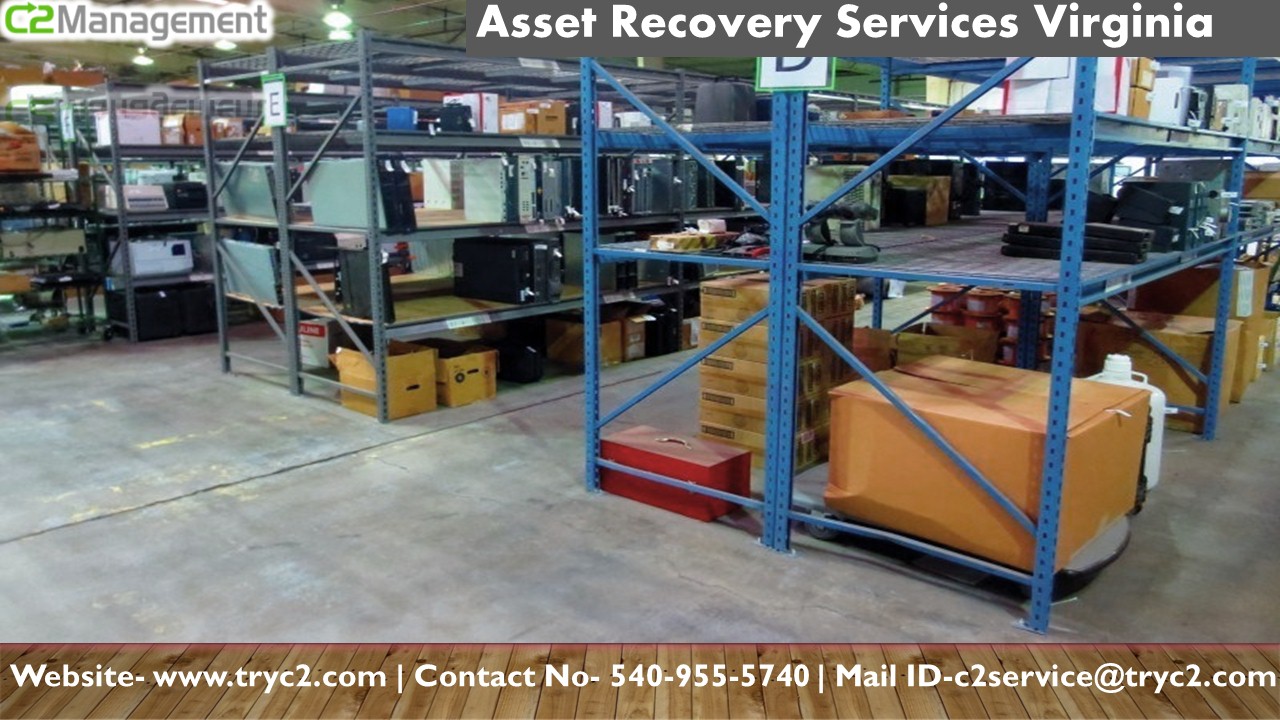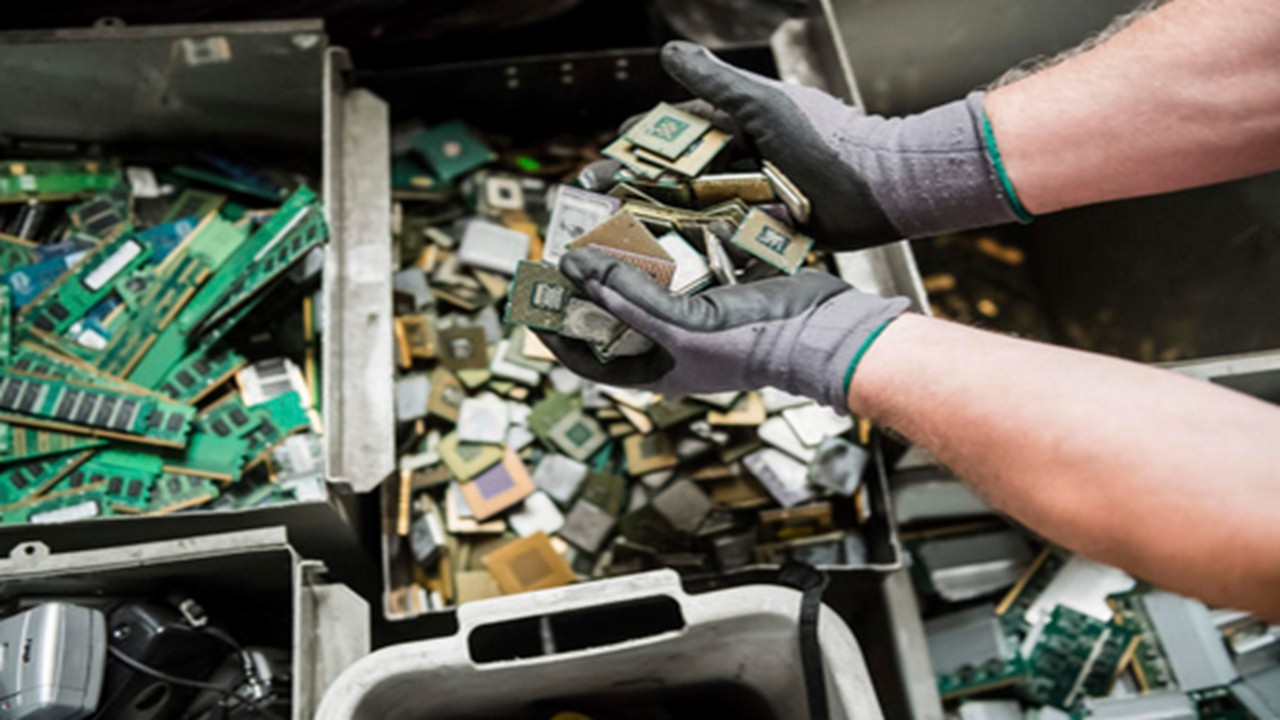E-waste is one of the fastest-growing hazardous wastes in the world. It consists of various substances such as hazardous materials, potentially valuable and recyclable materials, and much more. On a global level, the handling and regulation of e-waste as a dangerous waste stream has undergone significant changes in the past couple of years.
Many countries have already adopted extended producer responsibility laws, which mandate the electronics manufacturers to pay for proper recycling and disposal of electronic devices. The e-waste industry is becoming more formalized, but even still, e-waste recycling continues to carry a range of occupational health and environmental risks.

Why should you recycle old electronics?
Why is recycling old gadgets the best option for you and the planet? Read on to find out!
Gadgets contain toxic devices such as lead, mercury, cadmium, chromium, etc. Which can pollute the groundwater and air when tossed into landfills.
Also, recycling old devices helps in saving energy and raw materials. It takes fewer raw materials that need to be drawn from nature to create new devices.
By carrying out the Electronics Recycling Process on the old electronics and gadgets, we are saving energy, reducing pollution, and depleting the number of greenhouse emissions released into the atmosphere.
How are electronics recycled?
Do you know the process the IT Recycling Disposal VA follows to recycle the electronic waste that is generated across the world? Well, a majority of the e-waste Recyclers follow the following steps to deal with e-waste.
- First, the electronics are sorted and then stacked onto the skids for safe transport to a recycling facility.
- Workers at the recycling point break the different electronics apart into various components by hand. The large devices, however, are broken using a shredder.
- All the elements are broken down into glass, plastic, and other precious metal such as aluminum and gold.
- Mercury and lead are of great concern and, therefore, are handled very responsibly to protect the workers and the environment.
- The phosphorous coating from the cathode ray tubes of older CRT screens is removed first, and then it is recycled.
- Now, the electronic waste is put into a massive shredder before it undergoes further separation process.
- All the extracted metals from the waste are melted down and refined to enhance their quality.
- Lastly, all these recycled components are sent back to the manufacturer, where they are again made into a variety of new products.
By recycling e-waste, you are contributing your part to recover valuable resources that can be put back into the manufacturing chain. It’s impossible to imagine our life without gadgets, but we must take care of the environment while using them.
C2 Management is one of the reputed, and leading destinations for IT recycling needs. You can reach out to them for any relevant services. They have industry experts in the team.

